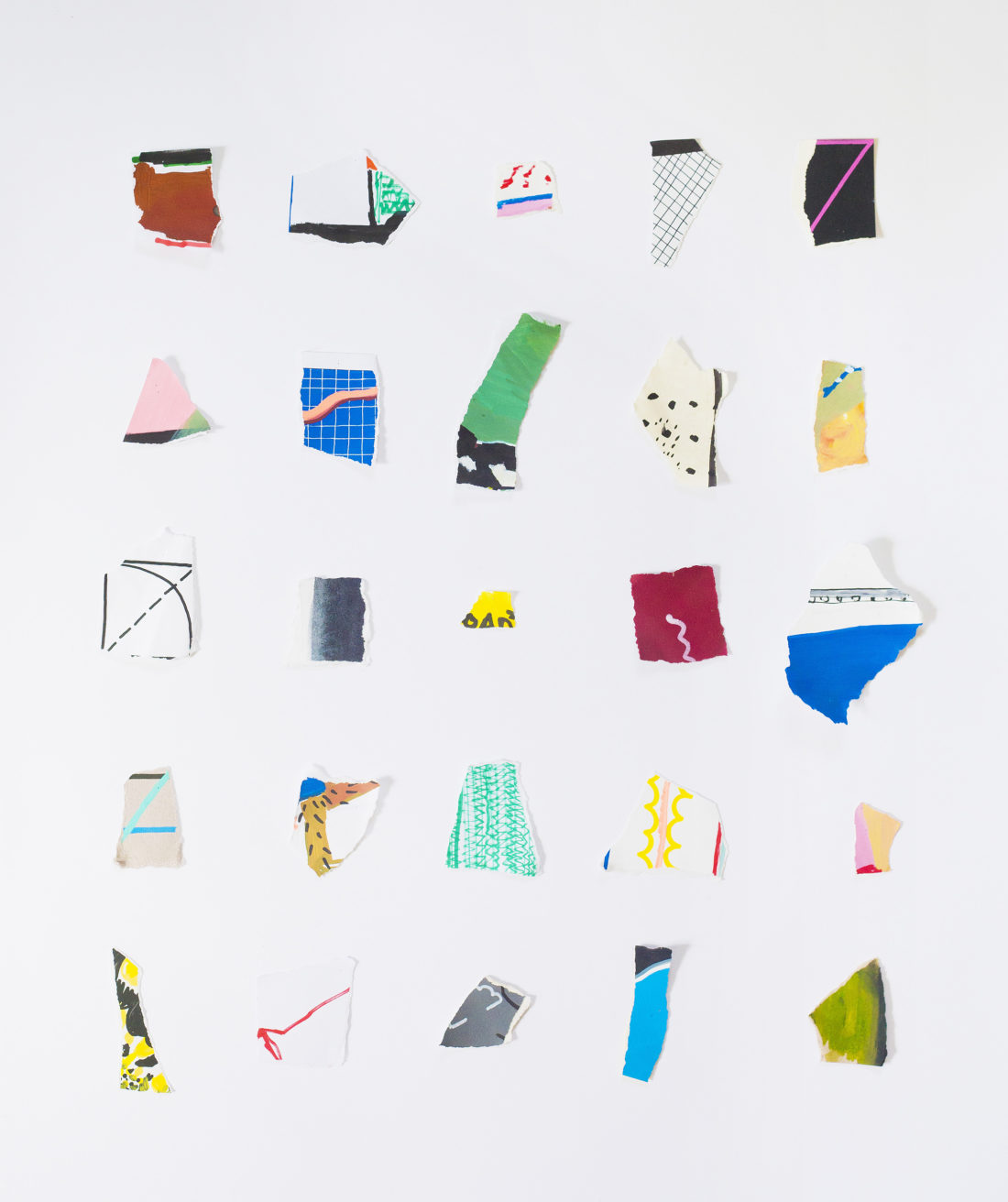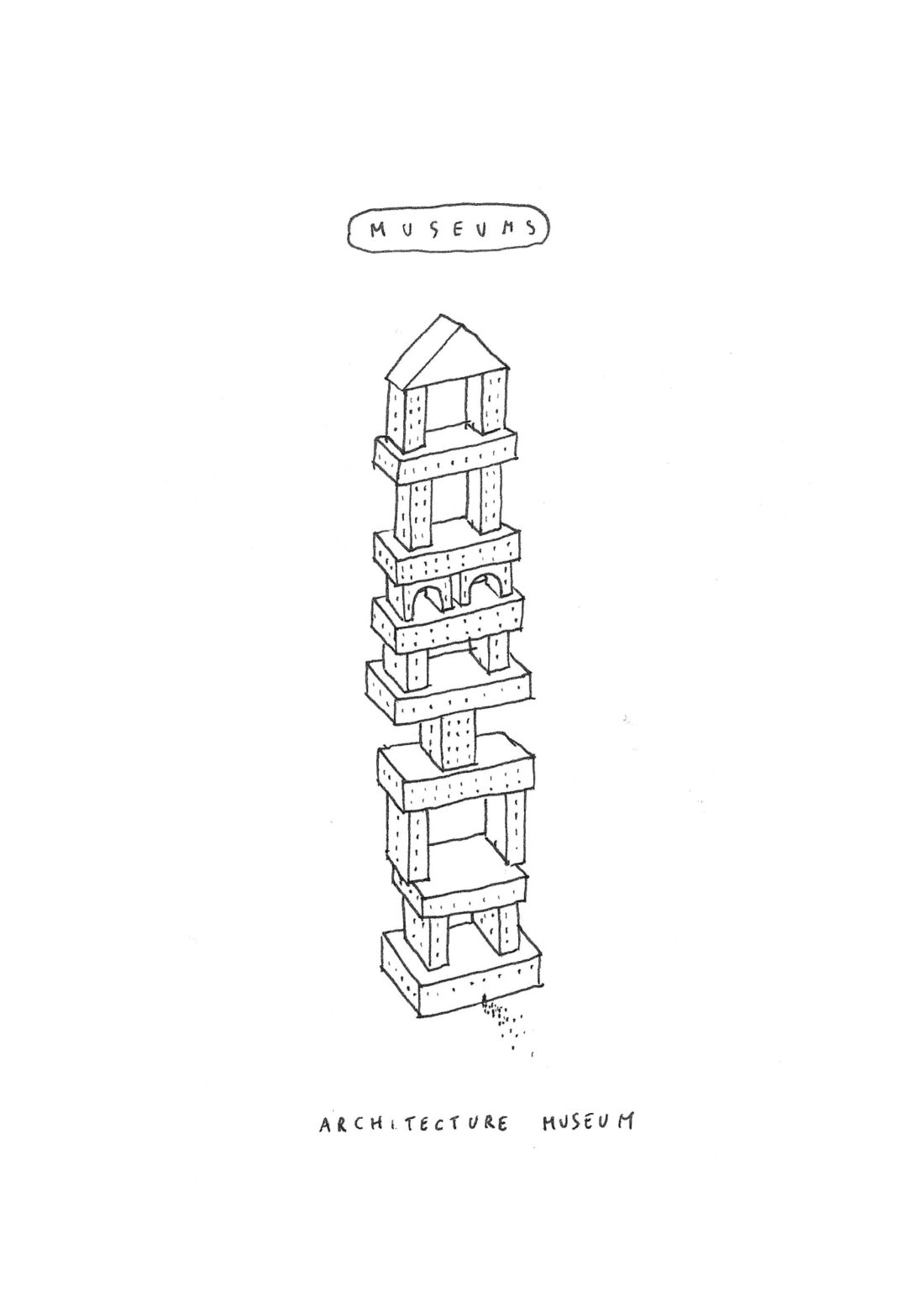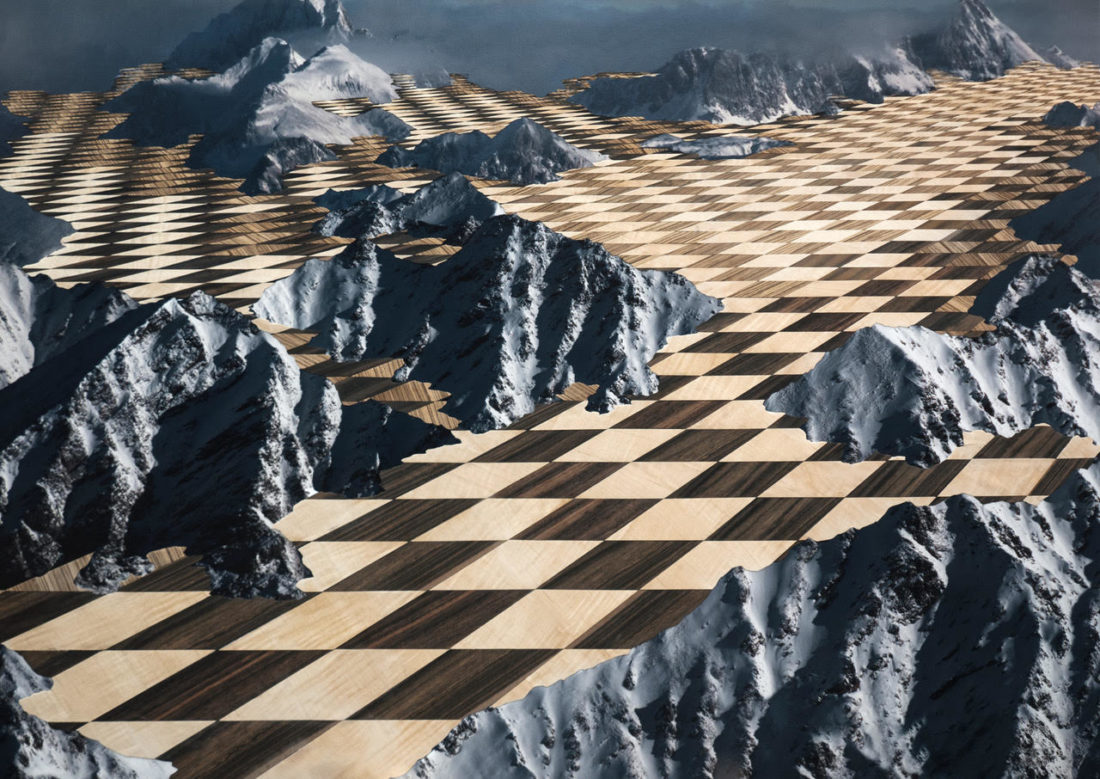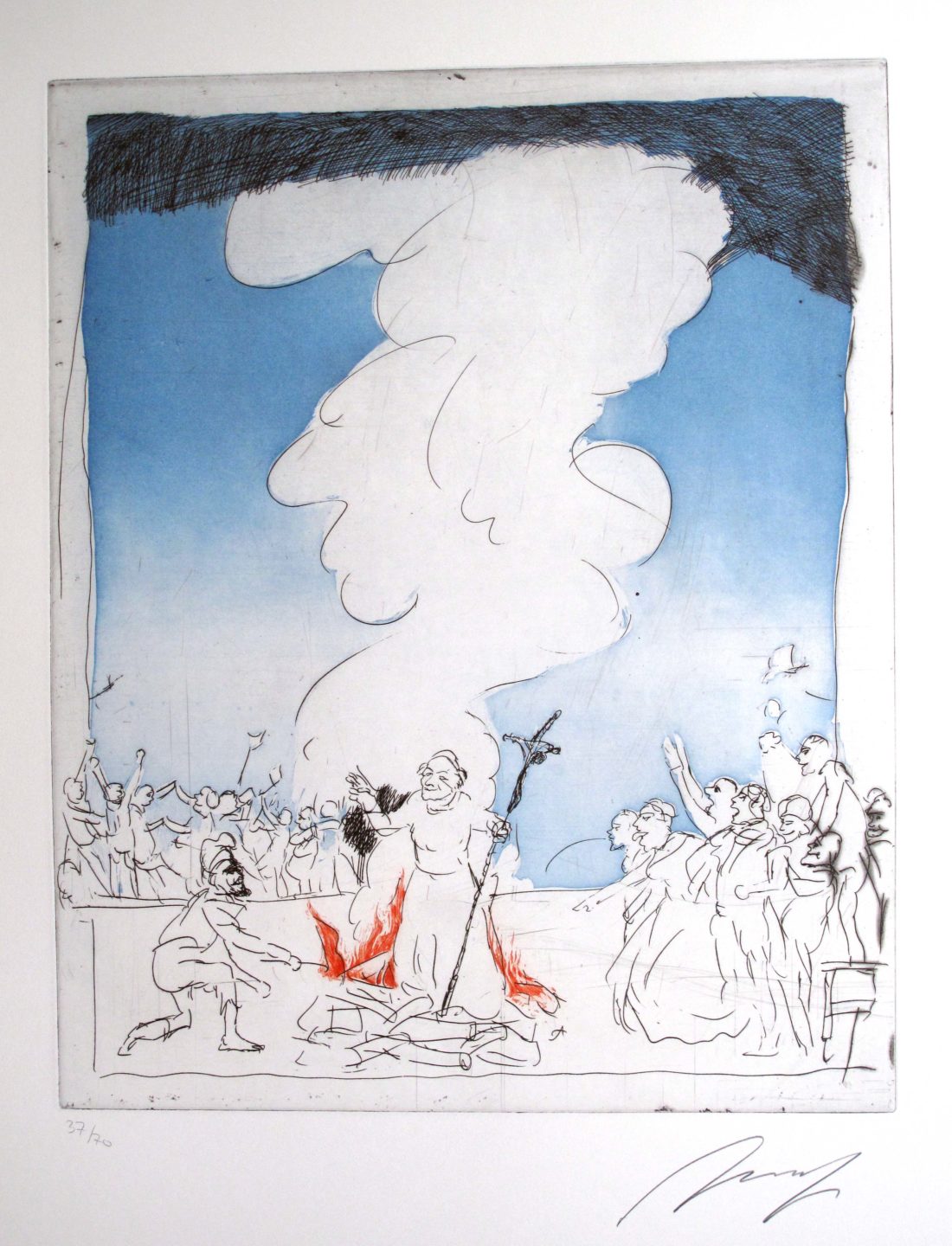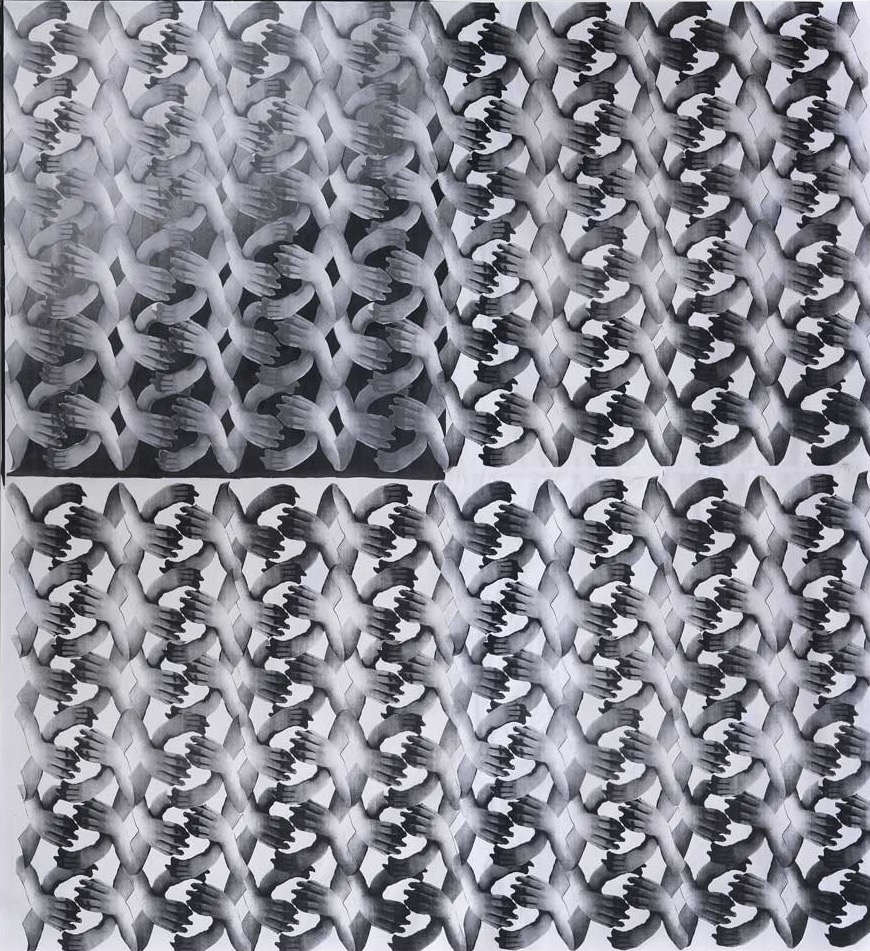Sveta Shuvaeva
DRAW-S
Sveta Shuvaeva – The Art of Subtle Deception
At first glance, Svetlana’s art is charming, sweet, almost harmlessly endearing and yet her works are layered, biting, serious.
You fall into the artist’s trap happily and often, to name two examples: In a textile manufacture pretty fabrics were created based on patterns by the artist, which were made into similarly ordinary-looking dresses; only when looking closer the patterns reveal themselves to be vulgar swear words.
Another time you entered an empty room that had never found a use and wanted to move on right away, it was empty, but full of art, an electrical outlet here and there, one of many ventilation grilles, an entire door, everything made of paper, so precisely done that you almost did not notice.
In a variety of ways, therefore, the artist brings up relevant issues like violence against women, equality, a lack of substance, architecture devoid of purpose.
And the same is true for the artist’s drawings. These, too, you have to give a close look in order to decipher them, they are not sweet just like the room is not empty and the textile is not pretty.
With her delicate aesthetic, Svetlana Shuvaeva succeeds in breaking free from the Soviet and post-Soviet stylistic language and developing her own idiom, which speaks to a very specific aspect of Russian artistic reality.
Contemporary art is gaining ground, is becoming more and more of a part of public life and a broad discourse, but also the subject of focused cultural politics that attempt to capture the phenomenon of contemporary art.
This is expressed in a certain belittling tendency that stipulates that contemporary art should be as aesthetically pleasing as possible, if possible also abstract and conceptual or hard to comprehend, but not aggressive.
These politics encounter a young, developing market, which – not always, but very often – moves in the same direction, which is, in the end, the decorative, the beautiful, and the non-committal.
The work of Svetlana Shuvaeva in very subtle ways plays with this desire for harmony between politics and customer. It looks sweet, and it is the opposite. Delicately and sharply, Svetlana Shuvaeva raises relevant issues with her art.
Svetlana Shuvaeva, born 1986 in Bugulma/Tartastan, received a degree in design from the Samara State University of Architecture and Civil Engineering in 2010 and moved to Moscow in the same year, where she lives and works.
Text: Simon Mraz, curator of numerous Russian-international art projects, director of he Austrian Cultural Forum Moscow since 2009 (Translation: Monika Dittrich)








